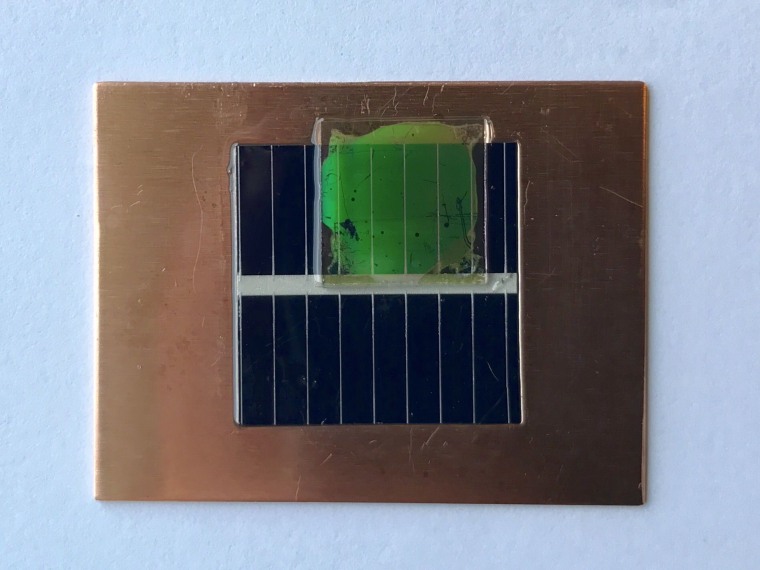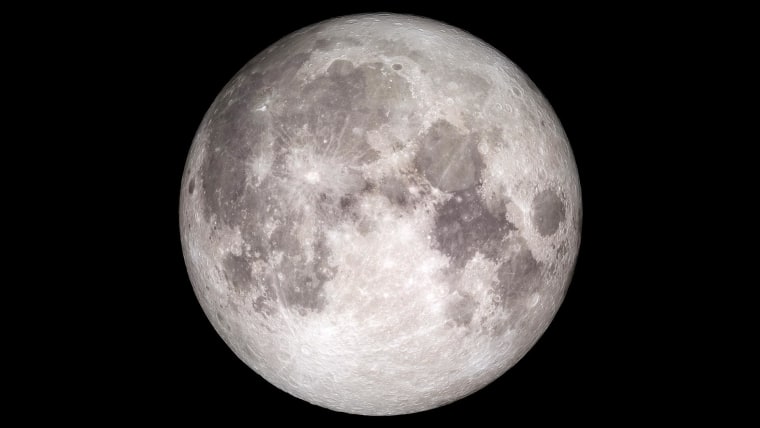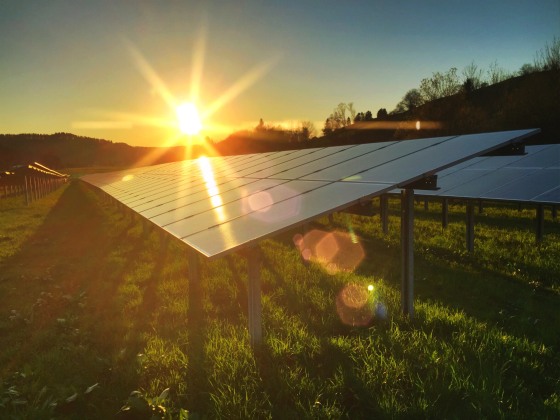With highly rated models now running in excess of 20-percent efficiency, solar panels have gotten pretty good at turning sunlight into electricity. Trouble is, they still aren't very pretty.
But this is changing.
Tesla grabbed the spotlight earlier this year when it began selling solar shingles that look like ordinary shingles, and other panel makers have refined their offerings (which now include solar windows). And now researchers in the Netherlands say they have developed a process for making conventional bluish-black solar panels bright green.
The same process might also make it possible to create panels in other colors, and even in white.
Such panels would afford a level of versatility that just isn't possible with conventional solar panels — for example, red panels could be used on roofs, white ones on walls, and the green ones in natural settings — and thus do more than conventional panels to encourage our reliance on solar energy.
“The black appearance of the [conventional] solar panels is not attractive for many people and a reason to not put solar panels on their rooftop,” Verena Neder, a doctoral student at the Amsterdam-based research institute AMOLF and the lead author of a paper describing the research, told NBC News MACH in an email. “Making solar cells colored makes it possible to integrate them in an architectural design of houses and full cities, but also to merge them in the landscape.”
Solar's day in the sun
Solar energy is already enjoying its day in the sun. New research shows that the U.S. got 43 times as much electricity from solar in 2016 than in 2007. Experts welcomed the new research as something that might encourage the trend.
"There are already different styles to suit different people’s tastes, in terms of the aesthetics of what you’re putting on your roof," John Rogers, a senior energy analyst with the Union of Concerned Scientists in Cambridge, Massachusetts, told MACH in an email. "But more options are always good, and I expect having a broad range of colors will only help broaden the market for solar even more."
These aren't the first colored solar panels. But the ones already on the market reflect a large portion of the sunlight that falls on them, Neder said, making them about 45 percent less efficient than ordinary solar panels at generating electricity. The prototype panels, which get their color from tiny light-scattering "nanocylinders" rather than dyes or reflective coatings, are only about 10 percent less efficient than conventional panels.
The nanocylinders — each about 600 times thinner than a human hair — are laid down on the solar cells via a process the researchers likened to rubber stamping. They produce the green color by scattering green frequencies of light back while letting other frequencies of light pass through.

The prototype panels are smaller than a postage stamp. But the process used to make them is easily scalable, Dr. Albert Polman, a scientific group leader at AMOLF and a senior author of the paper, said in a news release. “You can use a rubber stamp the size of a solar panel that in one step can print the whole panel full of these little, exactly defined nanoparticles,” he said.
Next Steps
Neder said the next step for the research might be to develop large-scale colored solar panels, though there are no formal plans to commercialize the technology. But no matter what, experts say solar energy is surging — and the new research seems likely to do its part to move things along.
"The world is starting an energy revolution, which, when complete, is likely to change our lives in ways that we don't yet foresee, much as cell phones and laptops have changed our lives," Dr. Sarah Kurtz, co-director of the National Center for Photovoltaics in Golden, Colorado, told MACH in an email. "Being able to make solar panels in different colors...provides opportunities for incorporating solar panels into our world in ways we haven't yet imagined."
The paper was published online this month in the journal Applied Physics Letters.
This story was originally published on NBC News MACH on August 16, 2017.
FOLLOW NBC MACH ON TWITTER, FACEBOOK, AND INSTAGRAM.




